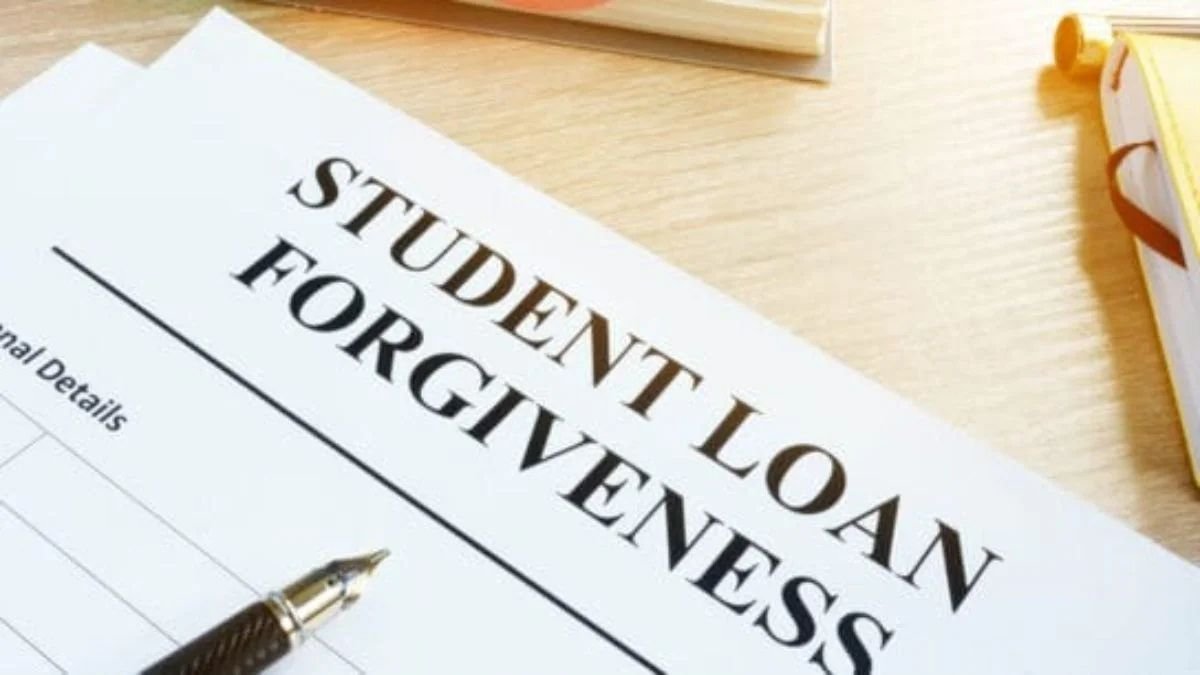The year 2025 brings a ray of hope for millions of American students who incurred heavy debt for years to fund their education. The government announced new Student Loan Forgiveness rules this year, allowing eligible students and borrowers to receive partial or full relief from their debt. After completing an education, the burden of debt can be both mentally and financially draining, as it takes time to find a job or achieve financial stability. This new policy is nothing short of a relief package for these students.
Objective of the Government’s New Scheme
The primary objective of Student Loan Forgiveness 2025 is to make young people financially independent after higher education. The government wants students to begin their careers without the burden of heavy debt. Previous rules had several limitations—such as limiting relief to only government employees or those in specialized services. However, this year’s new provisions have expanded the scope of relief to allow a wider range of students to benefit.
Who is eligible in 2025 – Eligibility Criteria
Eligibility under this program is based on certain conditions. First, the program only applies to federal student loans, meaning loans taken from private banks will not receive this relief.
Second, the borrower’s income level is crucial. If your annual income is below a certain threshold—for example, $125,000 (for single individuals) or $250,000 (for couples filing jointly)—you will be considered eligible.
Third, if you participated in government service-related programs like Public Service Loan Forgiveness (PSLF) and served at least 10 years, you may receive full loan forgiveness.
Additionally, some borrowers will also receive automatic relief under schemes such as Teacher Loan Forgiveness, Income-Driven Repayment (IDR), and Disability Discharge.
What changes have been made in the new rules?
The new 2025 policy introduces some significant improvements that differ from previous years. The application process has become more transparent and digital. The government has introduced a unified application system through the Education Department Portal. Under this, students can enter all their information, such as loan type, institution name, and income details, on a single platform.
In addition, students who previously applied but were unable to apply due to technical reasons have been given the opportunity to reapply. This time, the income verification system has also been automated to prevent fraud and delays.
How much loan will be waived?
The loan waiver amount depends on the borrower’s status and the type of scheme. Generally, loan forgiveness can range from $10,000 to $20,000.
If a student studied under a Pell Grant, they are likely to receive greater relief. Those who only took out regular federal loans will receive partial forgiveness.
However, in some cases, such as for borrowers in government service or education, full loan forgiveness may be granted.
Application Process – Step-by-Step Guide
The application process for 2025 has been simplified so that any student can complete it online.
First, students must log in to their account on the U.S. Department of Education website. If they don’t have an account, they must create a Federal Student Aid ID (FSA ID).
Next, go to the “Loan Forgiveness 2025” section and fill out the application form. Here, you will be asked for your loan details, income proof, and employer information.
Once the application is submitted, the system automatically verifies your documents and, if everything is found to be correct, you will receive a notification via email or on the portal.
The entire process can take approximately 4 to 8 weeks.
When to Apply and Deadline
The government has set the application deadline as December 31, 2025. However, experts advise students not to delay the application process until the deadline, as document verification may take time.
Students already enrolled in the Income-Driven Repayment (IDR) plan may not need to reapply, as their data will be automatically updated.
Who is Not Eligible – Ineligibility Rules
Not everyone can benefit from this plan. Loans from private banks or non-federal lenders will not receive this relief. Similarly, if you have previously transferred your loan to a collection agency or have intentionally committed fraudulent payments, your application may be rejected.
Students who have already repaid their loans are also not covered by this scheme. Furthermore, borrowers who studied at foreign educational institutions and whose loans are not registered with the US federal system will also not be eligible.
Why is this relief important for students?
According to economic experts, the total burden of education debt in the US exceeds $1.7 trillion. Initiatives like student loan forgiveness not only provide relief to borrowers but also have a positive impact on the country’s economy.
When students are free from their debt, they are able to purchase homes, invest, and increase their spending, which boosts the market. This not only improves personal finances but also accelerates national economic growth.
Conclusion
The 2025 Student Loan Forgiveness Policy will provide relief to millions of young people who have lost their education.
FAQs
Q1. What is Student Loan Forgiveness 2025?
A. It’s a government program that cancels part or all of eligible federal student loans.
Q2. Who qualifies for student loan forgiveness in 2025?
A. Borrowers with federal student loans and income under $125,000 (single) or $250,000 (couples).
Q3. Are private student loans eligible?
A. No, only federal student loans qualify for forgiveness.
